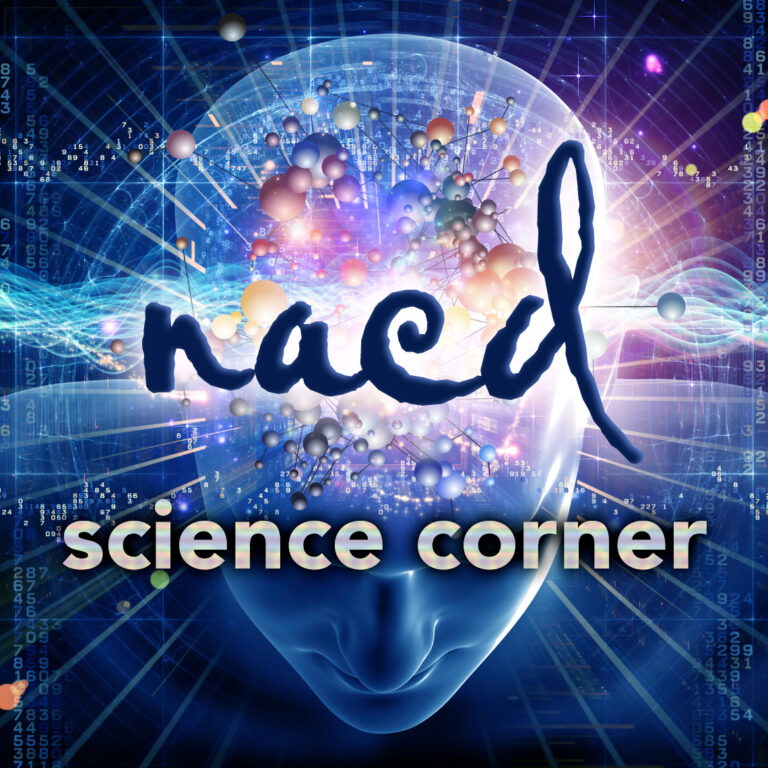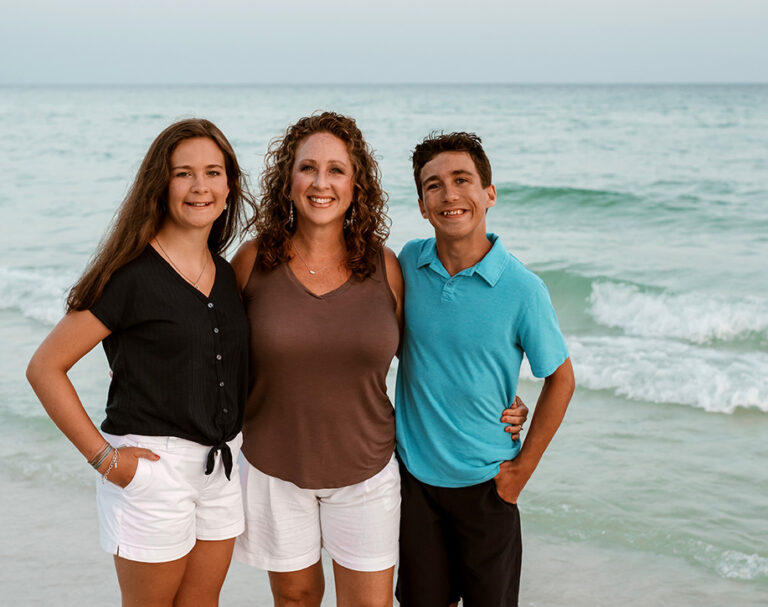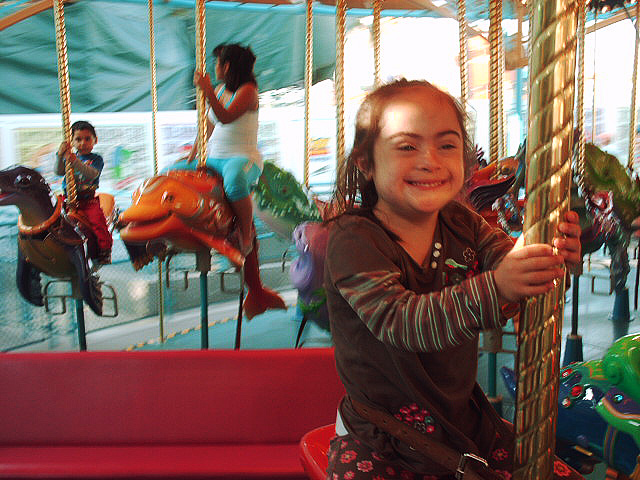Elliot Payne
by Sunette Payne, as told to Iliana Clift
Elliot was born with hypoplastic left heart syndrome (HLHS), which means that the left side of his heart, the side that receives oxygen-rich blood from the lungs and pumps it out to the body, was severely underdeveloped. In addition to this very severe heart defect, he also had a restricted atrial septum, which meant that he would most likely be born blue and need immediate surgery. Usually this abnormality is first seen in a prenatal ultrasound, and such was the case with us. We had three options: we could choose to abort Elliot, carry him to term and watch him die within the first few days of his life, or undergo a series of open-heart surgeries in an attempt to repair the defects.
After a lot of prayer and seeking counsel, we decided to give Elliot the best chance at life we could possibly offer. At the tender age of 6 days, Elliot survived his first, the riskiest, surgery. He stayed in the hospital for two long months. Elliot needed a lot of support to stay alive. His oxygen saturations were low and he had to be on oxygen all the time. Even on oxygen his saturations remained problematic. He was simply too weak to drink from a bottle, and each day was a choice of breathing over eating. To compound matters, he also had severe reflux and could hardly stomach any milk. So before we could leave the hospital after two months, Elliot had fundoplication surgery and a G-tube placed, which is a feeding tube placed through the wall of the stomach. The second open-heart operation took place when Elliot was 4 months old, and the third and final surgery was shortly after he turned two. This was the most trying time in our lives. Elliot was full of personality and life, but at the same time, he was often tired, weak, and short of breath; his muscle tone was floppy and he would very seldom look at me.
I was aware that in addition to ongoing serious health concerns, children who have had open-heart surgery as infants due to complex congenital heart defects are at a higher risk for neurodevelopmental issues, compared to children without congenital heart defects. However, as an experienced occupational therapist, I was determined to face my son’s challenges head on and began working with Elliot as soon as his condition stabilized. I tried various techniques, went to courses to learn more, and sought out the best doctors and therapists; yet, despite my efforts, Elliot was not doing well. I knew he could not see well, he had slow rolling and quick jerky nystagmus, and he really needed more oxygen. I tried everything I knew to help him to drink something by mouth, but he was simply too tired.
About the time that Elliot was one year old, I attended a child development seminar at The Institutes for the Achievement of Human Potential in Philadelphia and was intrigued by the idea of neuroplasticity. At the seminar, I learned some things that were helpful to Elliot, but I felt the Institutes’ methods were very dogmatic, regimented and limited, and were certainly not a good match for our family. They would also not answer any questions that I had after we left the course. I continued to search for something that could help Elliot’s specific challenges and unique needs and delays.
Somehow during one of my Internet searches I stumbled upon the NACD website. Soon after, I spoke to someone at the main office and decided to give NACD a try. I had an idea in my heart of what I was searching for, and during my conversation with someone at the office it seemed like they understood what we needed and expressed that they have helped children with similar needs to ours. I knew that no therapy or treatment could take away the diagnosis; but I believed that there had to be something that we could do to enable Elliot to overcome some of the obstacles that he faced. NACD seemed not to be taken aback by the multitude of issues that seemed completely overwhelming to me at times.
Implementing the NACD program has been a pretty straightforward process. Elliot’s evaluator, Bob, takes into consideration how much time I am realistically able to dedicate to working with Elliot and adjusts the activities accordingly. I appreciate that. As parents we are dedicated to helping our children achieve their potential, but the NACD program doesn’t have to consume our lives to the exclusion of everything else in order to attain change.
Elliot was three at his first NACD evaluation. After three years on program, he has achieved remarkable progress.
Children with HLHS often have diminished physical strength due to poor oxygenation of their organs, and Elliot is no exception. As a toddler, he could hardly run across the room without being out of breath. Now, after three years on program, Elliot still has problems with oxygen saturation; but due to all the physical strengthening we have done with NACD exercises, his ability to utilize the available oxygen has increased. From a very weak, very sick baby, Elliot has grown into a strong, healthy six-year-old. He runs on the treadmill twice a day for 15 minutes. At one of our recent cardiology appointments, the cardiologist commented on how well Elliot is doing. His words were, “You have taken a very medically complex child and changed him into a regular child.”
Many infants who spend a lot of time on a ventilator have trouble feeding because they have an aversion to anything placed in their mouths or because they are simply too tired to eat. Similarly, Elliot as a baby was also too weak to bottle-feed and needed a G-tube to keep him nourished. Right before he turned three, Elliott went through a behaviorally-based feeding program and was finally weaned off his G-tube. But he still despised eating and I dreaded every meal. Every bite and every sip was a battle. “Take your bite–1, 2, 3, 4, 5…” I wonder how many times I have said this phrase. Now, as his neurological organization improves, we are discovering that Elliot is starting to relish eating. When Elliot was a toddler, there were times that I would consider a meal a success when he ate a quarter of a Cheerio. Recently we had some of his Uncle Danny’s fare and this was his comment: “Man, that Uncle Danny is a genius! These ribs are so good, they can change my attitude!”
Before we began applying the NACD program, Elliot was extremely sensitive to noise, so much so that he would burst into tears at any unexpected sound and would be inconsolable for a long while. Just having people sing “Happy Birthday” at a birthday party and the subsequent hand clapping was difficult for Elliot. Fireworks were impossible. He would go to his room, close the door, and still cover his ears every time a firework went off. NACD’s TSI – Targeted Sound Intervention trained Elliot’s brain to process sound correctly. He doesn’t startle that easily in situations where there are unexpected loud sounds and, in fact, he even enjoys fireworks now! In some situations, however, such as crowded rooms, he still seems to be a little lost. Part of it is due to his reduced vision, part to his inability to hear everything that is directed toward him; but we are hopeful that the NACD program will resolve these issues as well.
Part of Elliot’s auditory issue is also not differentiating correctly between different sounds. For instance, for the longest time Elliot did not hear cars coming when he was on his bike or just walking with us in the street. Lately I have seen where Elliot’s awareness is increasing, to where he can hear cars coming or cars starting up. He still needs more healing in this area to be safe, but I am relieved to see it improving.
Elliot’s difficult start in life affected his vision as well. At seven months of age, Elliot started wearing glasses. They were +6 diopters at that point. With every year, his prescription became stronger and his vision deteriorated. At his last optometrist appointment, right before we saw NACD, he was prescribed +8 glasses for farsightedness. His vision tested at 20/100, which basically means that Elliot could see objects at 20 feet, which other people see at 100 feet. I became worried that he would go blind. Unlike the optometrists, whose only solution for Elliot’s worsening visual acuity was increasing the strength of his glasses, NACD recommended that we start working to develop his vision. We discovered that we were able to eliminate his glasses and really teach him to see.
With the NACD activities we were able to stimulate the vision centers in his brain and to build his ocular mechanisms, and gradually Elliot’s eyesight began to get better. Naturally, progress is always slower than what mom wants; but I can tell his vision is getting better because his functional ability to see is obviously stronger, and testing confirms that he is seeing better and better.
Elliot has been reading on the iPad, and for the last year, we have been able to gradually decrease the size of his reading font. This week Elliot is reading his first regular print book! The distance vision seems to be harder to improve, but even there we are seeing progress. Where at first Elliot did not notice anything at a distance, he now notices signs when we drive in the car. His newest game is to try and tell the gas price when we drive by a gas station. Sometimes he gets it right and sometimes not, but that is progress for a boy who was really completely unaware that there was a world out there.
Apart from the acuity issues, Elliot also had a significant nystagmus and a significant convergent strabismus. To read or see anything prior to NACD’s program, Elliot had to turn his head all the way to the left and tilt his chin up. These issues have not cleared up completely, but they are so much better. Elliot can look straight forward to read, watch TV, play iPad, and do Legos. His nystagmus has decreased tremendously and his convergent strabismus is much less. We are still working on these issues, but as long as we are progressing, we are confident that we are going in the right direction. So where Elliot was losing vision year after year before the NACD program, we are now gaining vision and no longer worrying about watching him go blind.
In addition to Elliot’s physical issues, we have also faced many challenges behaviorally. Overall behavior was a big stumbling block for us and there were times that it was extremely difficult to keep things positive. Elliot would sometimes lash out physically, and other times he would just passively refuse to cooperate. Elliot would also engage in repetitive actions, such as non-purposeful running back and forth. We had no idea why he is doing this or why it was so difficult to stop doing it. Bob explained that it was his vision sensory channel that was broken, that Elliot was playing with it when he was doing his repetitive running, and that he was continuing to further break that channel. In addition, Elliot did not really play appropriately. He would be in his own world many times and did not engage with toys or people as much as other children.
There were other behaviors that were disruptive to our family life. Many times Elliot would be so easily “set off” when a situation suddenly changed. For example we usually read a Bible story in his room before bed. But if we decided to do it in front of the fire because it was so nice and toasty, Elliot would be extremely upset. This made it difficult for the whole family, because we felt like we had to be pretty cautious to keep things the same.
Elliot and our family needed help in these areas to be able to make the changes that we needed to see in Elliot, and even just to keep our home a happy place. We worked very closely with Bob on getting Elliot’s behavior under control. First, NACD gave us a lot of direction, activities, and support to re-direct the repetitive behaviors and teach Elliot how to engage purposefully and eliminate the need for doing those behaviors. Also, in regard to Elliot’s need for routine and “same-ness,” our evaluator did not think that it was so strange at all! Bob explained that Elliot was a visualizer and that this was a strength. The problem that Elliot ran in to is that there was not a good balance between his visualizing and conceptualizing. In other words, Elliot was great about thinking of things in pictures and not good at all at thinking about things in words. Again, NACD had ways to work on this and it is amazing how well Elliot has improved in this area. We recently moved, and Elliot, instead of falling apart, was more ready to move than I was! He went with us one time to see the new house and said, “The other house got a little old,” and that was it! We moved…no tears, no drama…
To improve Elliot’s cooperation, we had to try a few things to get to a strategy that would work for him, and now his behavior looks remarkably different. It is not that Elliot does not get in trouble anymore…he certainly does; but it is about having the tools and the support for us as parents to know “when this happens, this is what we do” and stick to it. Knowing how to handle difficult behaviors, getting a firm plan in place, and being super consistent with following that plan has made a tremendous change for our household, and now I can see that child that I always knew was in there. In regard to his play skills and engagement, as we learned through NACD how to address his behavior and provide the needed structure and stimulation for Elliot, he is really coming out of his shell. He loves his little sister, enjoys play dates with friends, and initiates playing with all sorts of things, the favorite certainly being all things LEGO!
For someone who was expected to perform poorly due to his fragile medical state, Elliot is surely doing remarkably well academically, surpassing many of his typical peers. In addition to fluently communicating in English and Afrikaans, mom’s native language, Elliot tests at a sixth grade level in reading comprehension, sixth grade level in word recognition, and fifth grade level in math—all at the age of six!
Our work with NACD is far from being done; and yes, it is really hard work. But it is all worth it; even Elliot will tell you so. He knows he cannot see as well or hear as well, and is not as strong, as some of his friends; but he also knows that he has come a long, long way and that he is able to function, play, live, and interact at a totally different level than before. He also knows that he has great strengths that many of his friends do not have. He knows he has a great memory, reads fluently, and understands math at a higher level, and that he can play a mean piano!
The world is not always an easy place to live in. Even as adults with no issues, we know that life is hard work; that even for the strongest of us it is not always easy or fair. My take on why we keep going and working and pushing is that for our kids who may have a disability, or some kind of difficulty, life is not going to be easy either; and as a parent I need to equip my child to the best of both of our abilities to face life the best that he can. To me that means taking the weak parts and making them as strong as possible and taking the strong parts and making them even stronger. Elliot is not going to be a professional athlete, but he has plenty of other strengths that will set him apart. NACD has helped us to work on the weak and the strong parts, and for that I am so grateful.
I’ve been so impressed with what we have been able to accomplish under NACD’s guidance that I have been training under Bob Doman. I would love to bring the same kind of hope and knowledge to as many families as possible. I truly feel that this is my calling in life. Being an occupational therapist, I feel passionate about helping people already; but with NACD I now have the knowledge of how the brain changes and how to bring those changes about. I am so honored that I am able to come alongside parents and children and help them reach, to the best of our abilities, the potential that God has given each and every individual.
Praise be to God and many thanks to NACD.





